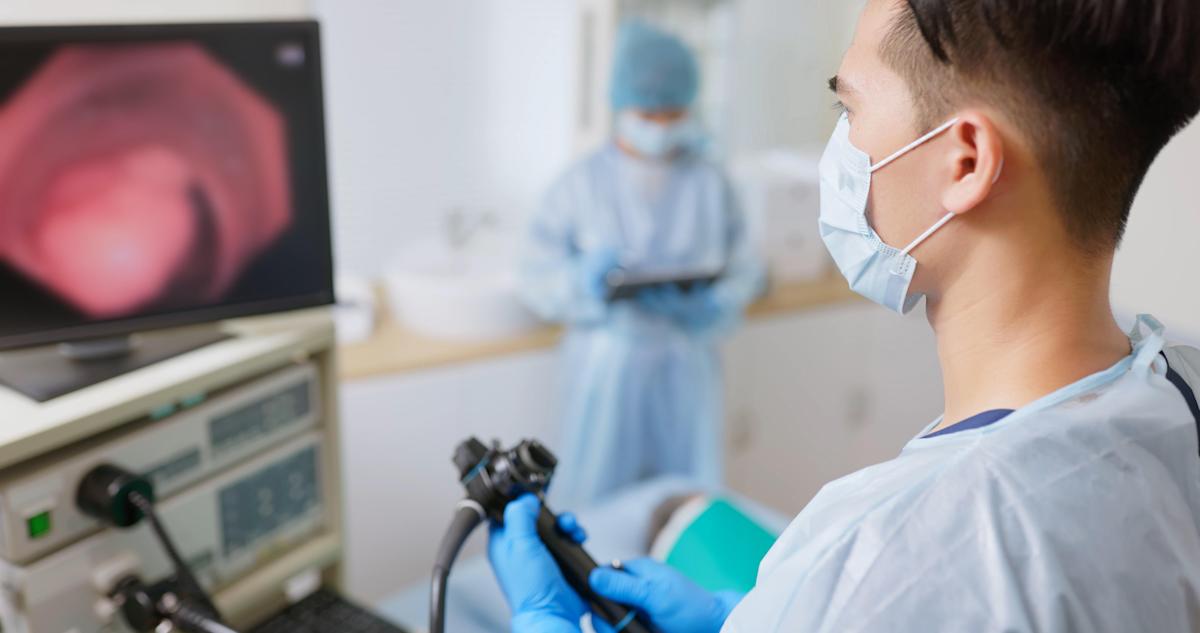Summary
Emergency medicine consultant Jonny Acheson suspected something was wrong, but never considered it was Parkinson’s, the progressive, neurological condition. With cases rising, he’s written a book to help others in the same situation
Source: Express

AI News Q&A (Free Content)
Q1: What are the primary symptoms of Parkinson's disease and how do they progress over time?
A1: Parkinson's disease is a neurodegenerative condition that primarily affects the central nervous system. It is characterized by motor symptoms, including tremors, bradykinesia (slowness of movement), rigidity, and postural instability. As the disease progresses, non-motor symptoms such as sleep abnormalities, mood swings, and psychosis may develop. The disease typically manifests in individuals over 60 years old, with early-onset cases occurring in those under 50. The symptoms gradually worsen, leading to increased disability over time.
Q2: How is Parkinson's disease currently diagnosed, and what are the challenges associated with its diagnosis?
A2: Parkinson's disease diagnosis is primarily based on clinical symptoms and neurological examinations, as there is no specific test to confirm the disease. Challenges in diagnosis include differentiating Parkinson's from other similar conditions, such as dementia with Lewy bodies and other neurodegenerative diseases. New diagnostic criteria from the International Parkinson and Movement Disorder Society offer a more accurate framework, and emerging biomarker research holds promise for earlier and more precise diagnosis.
Q3: What are some of the prodromal symptoms of Parkinson's disease, and why are they significant?
A3: Prodromal symptoms of Parkinson's disease are early indicators that may precede motor symptoms. These include loss of sense of smell, REM sleep behavior disorder, unexplained chronic constipation, and mood disorders like anxiety and depression. Identifying these symptoms is significant because they can provide early clues to the disease, potentially allowing for earlier intervention and treatment to slow progression.
Q4: What recent research developments have been made in the treatment of Parkinson's disease?
A4: Recent research in Parkinson's disease treatment includes advancements in deep brain stimulation, which now offers more precise targeting of brain waves responsible for symptoms. Additionally, studies have explored the use of alpha-synuclein seed amplification assay in spinal fluid, achieving an 87.7% accuracy in identifying Parkinson's disease. These developments could lead to more effective management of the disease and earlier intervention strategies.
Q5: What is the role of alpha-synuclein in Parkinson's disease, and how is it being studied?
A5: Alpha-synuclein is a protein that aggregates in the brain's nerve cells, forming Lewy bodies, a hallmark of Parkinson's disease. This aggregation contributes to neuronal cell death and the progression of symptoms. Recent studies have focused on testing spinal fluid for alpha-synuclein clumps to improve diagnosis accuracy. Continued research aims to better understand its role and develop potential therapies targeting this protein.
Q6: How do genetic and environmental factors contribute to the development of Parkinson's disease?
A6: Most cases of Parkinson's disease are idiopathic, meaning their cause is unknown. However, genetic and environmental factors are believed to contribute. Certain genetic mutations, such as those affecting the LRRK2 and SNCA genes, have been linked to the disease. Environmental influences, including exposure to toxins and head injuries, may also increase risk. The interplay between these factors is a focus of ongoing research.
Q7: What treatment options are currently available for managing Parkinson's disease symptoms?
A7: Treatment for Parkinson's disease focuses on symptom management, as there is no cure. Common treatments include medications such as levodopa, dopamine agonists, and MAO-B inhibitors to alleviate motor symptoms. Deep brain stimulation is an option for severe cases. Non-pharmacological approaches, such as exercise, nutrition, and rehabilitation therapies, can also improve quality of life. Research continues to explore new treatments targeting both motor and non-motor symptoms.




